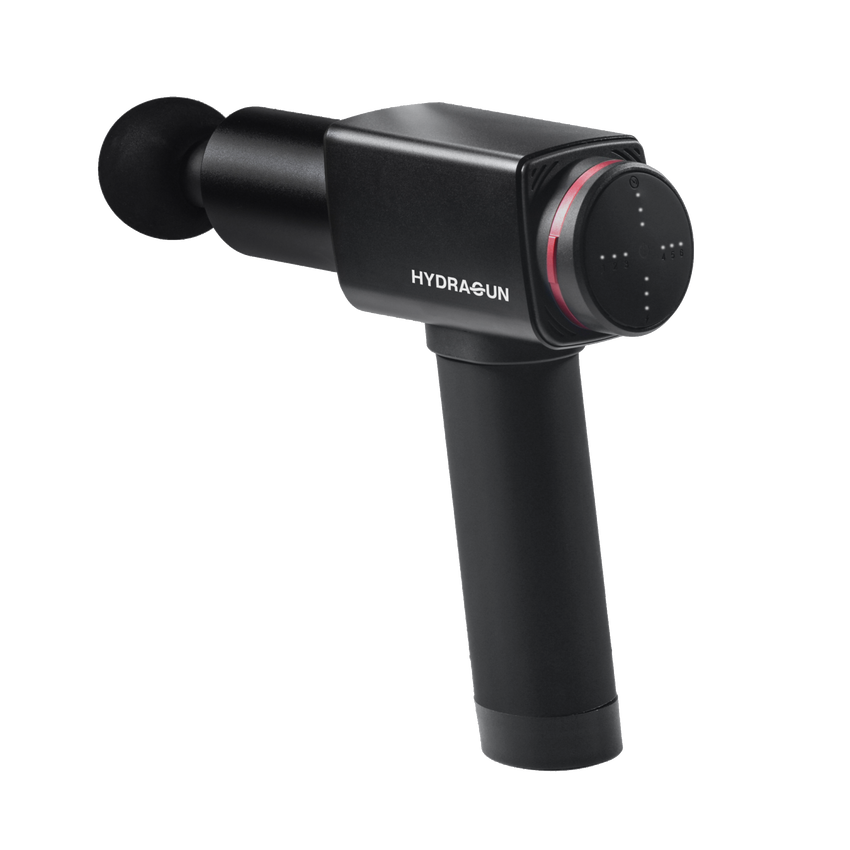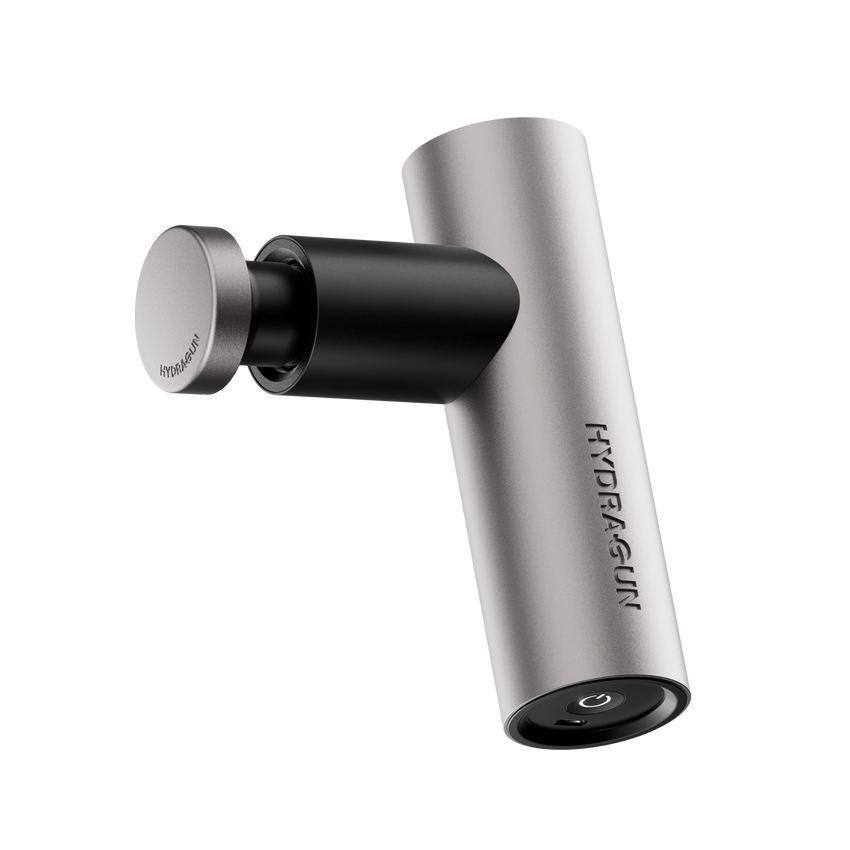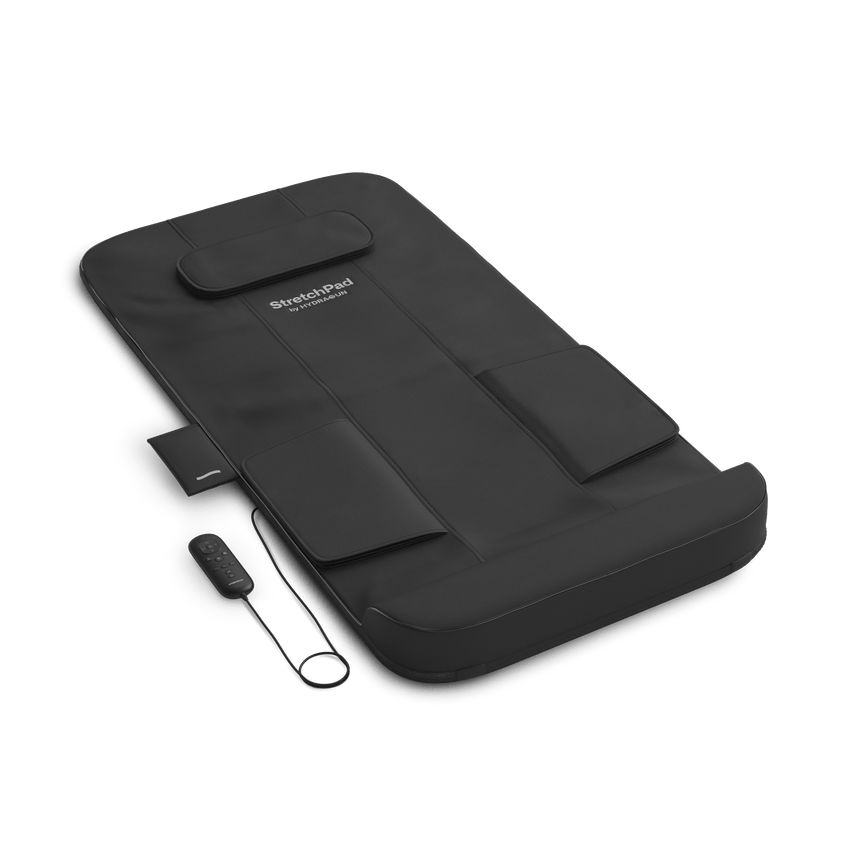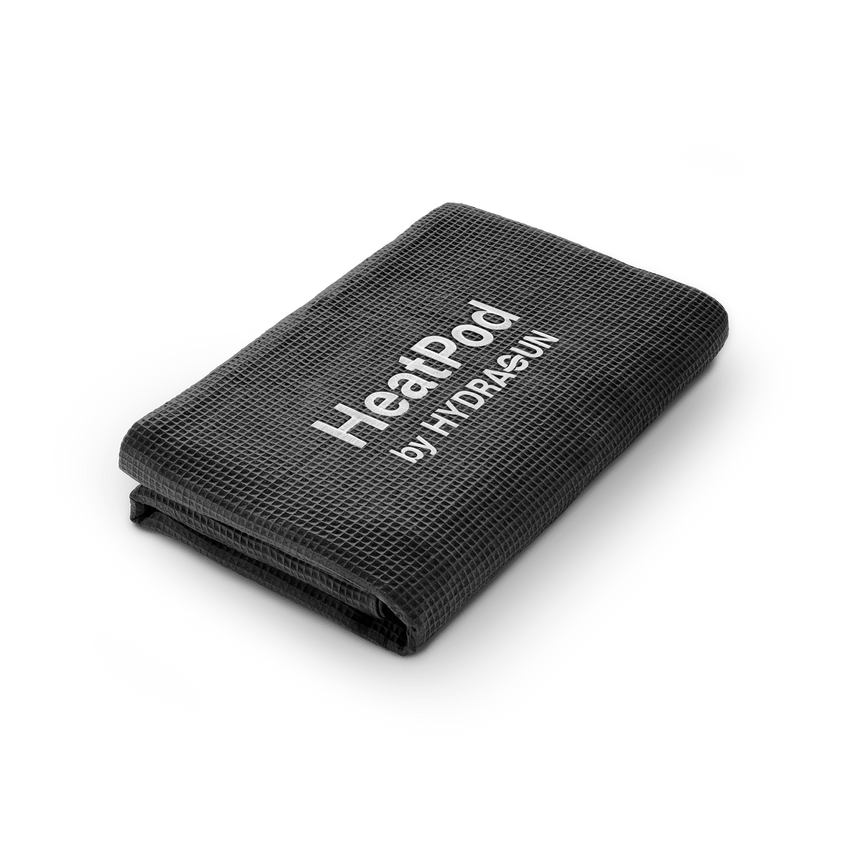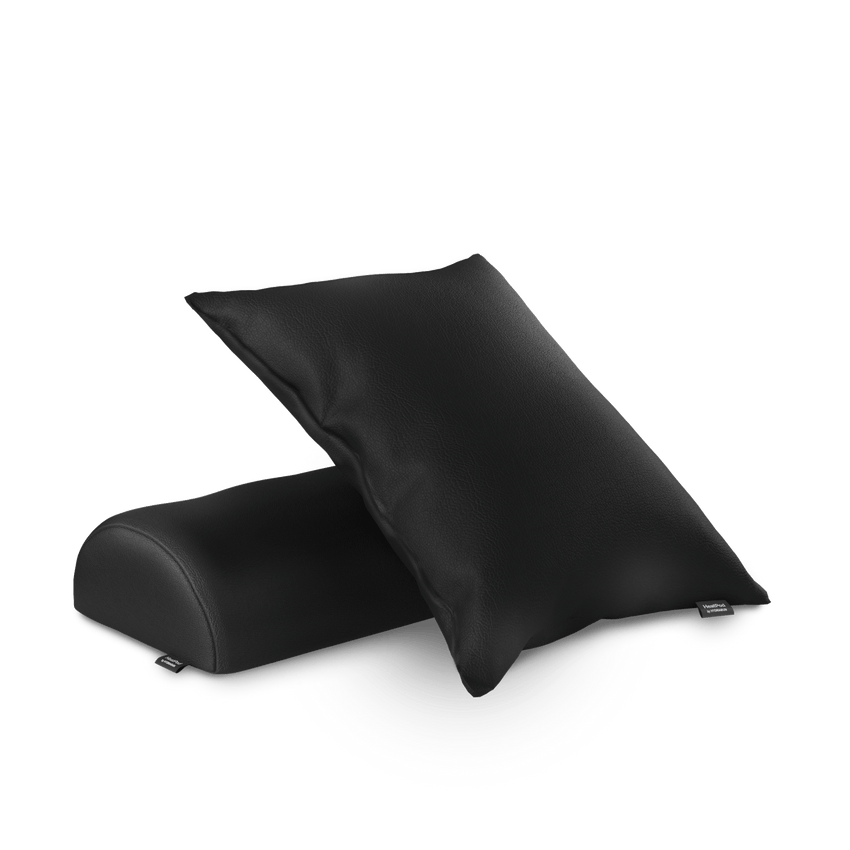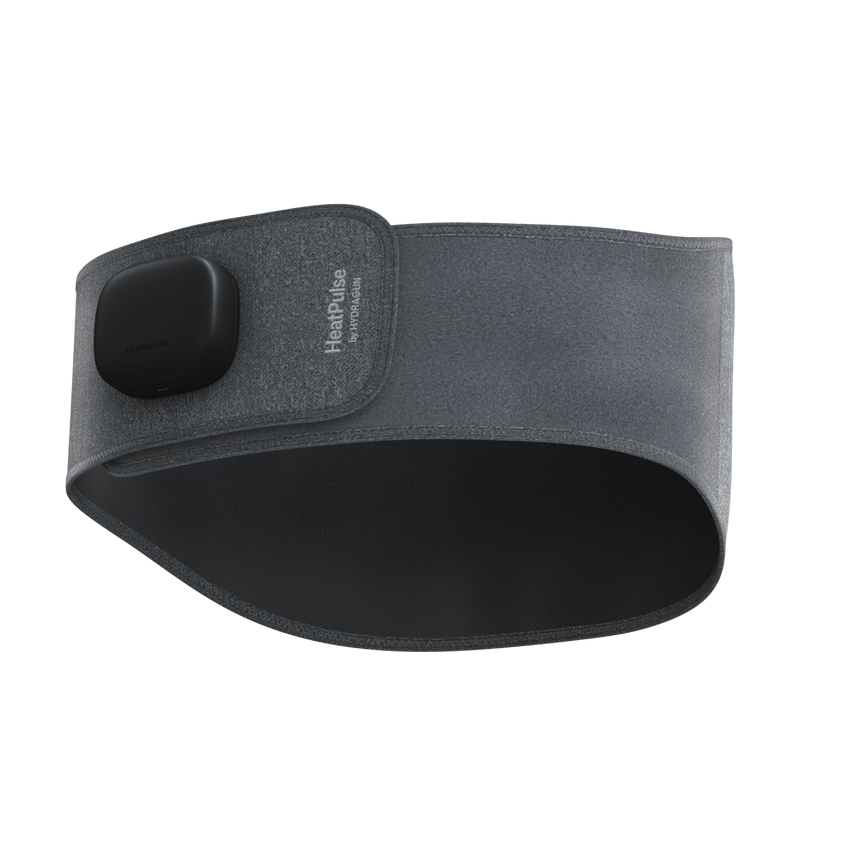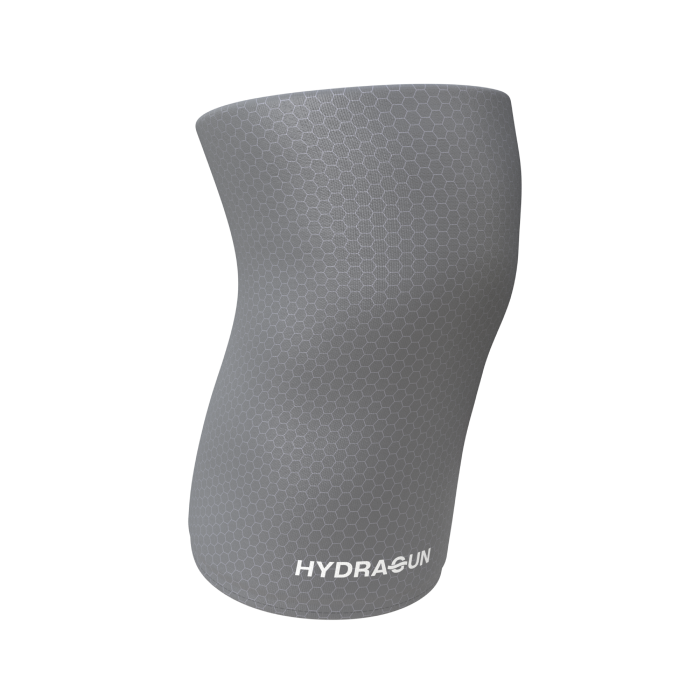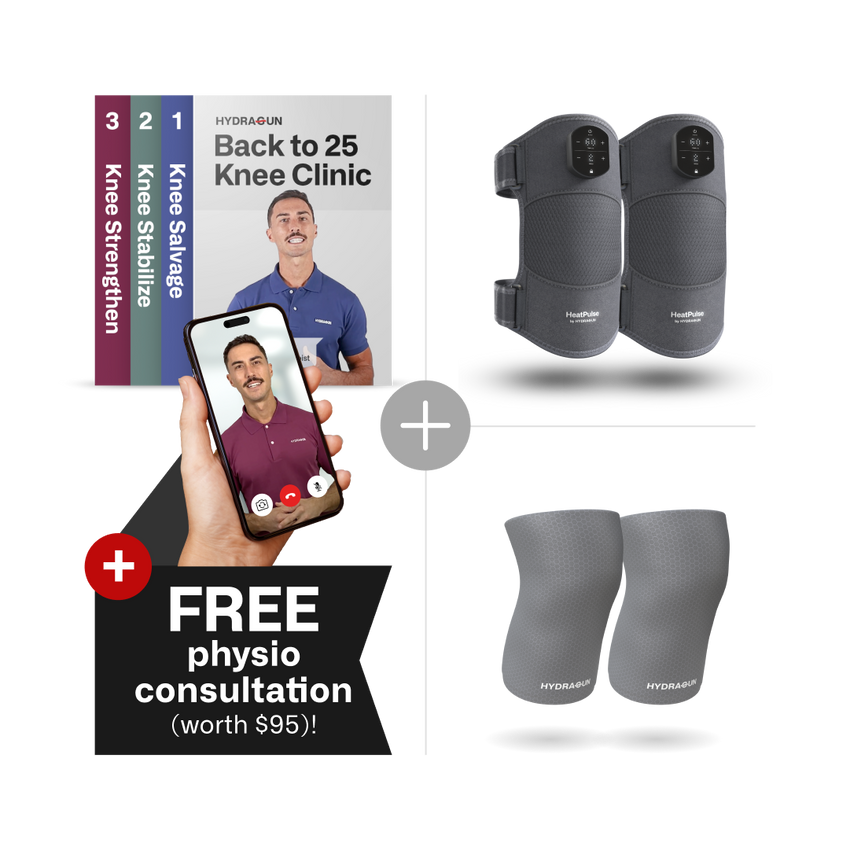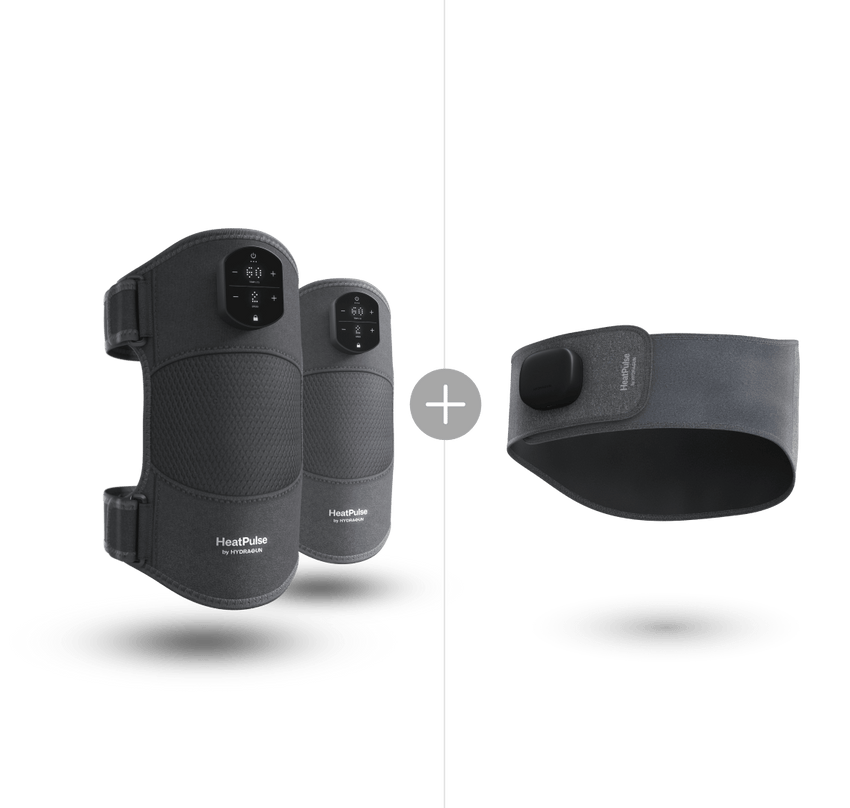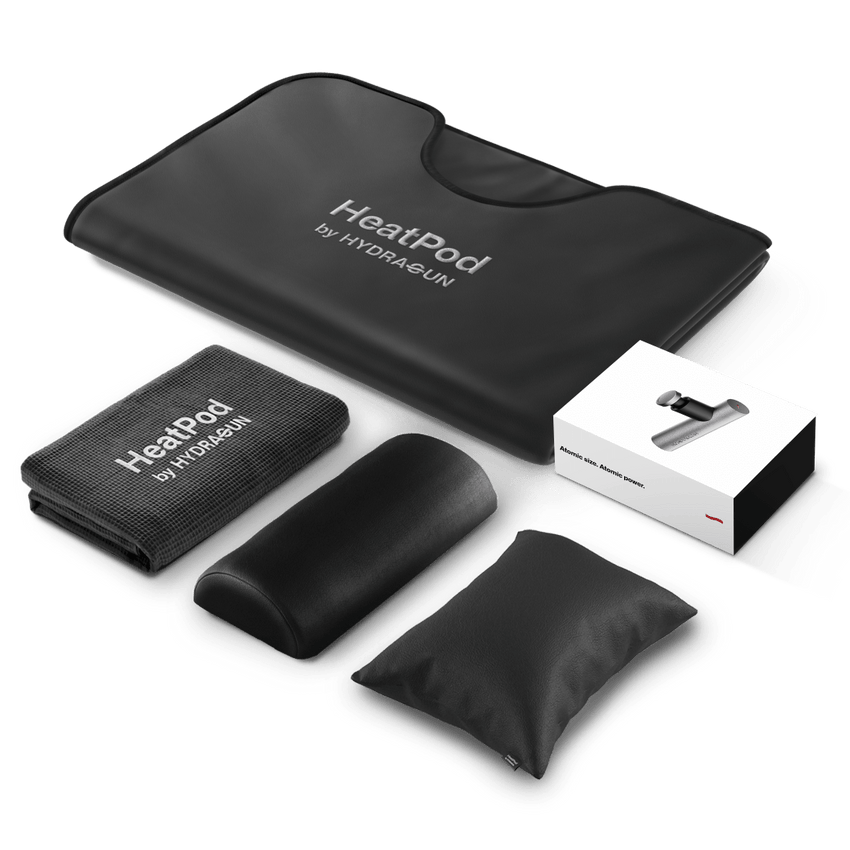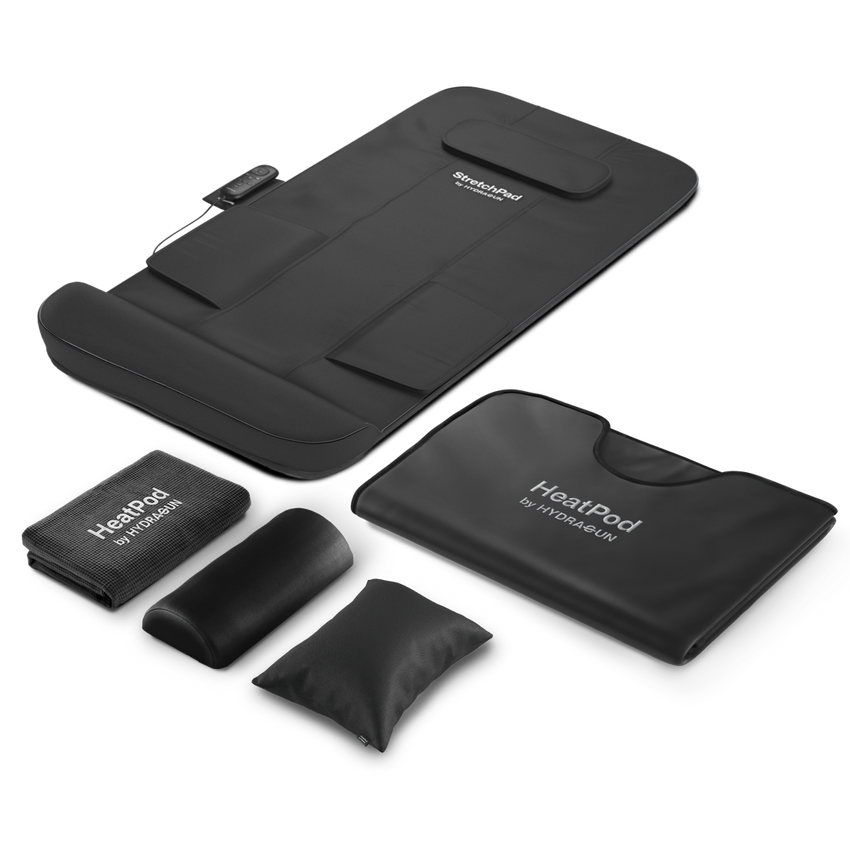-
Show you care with gifts that support longevity, wellness, and relief
-
Save $70 or more with code GIVE, valid while stocks last
-
And shop stress-free with always free exchanges and returns
Offer ends: d h
m s
-
Last chance to shop our very best deals of the year!
-
Enjoy up to $129 off, with shipping and returns on all devices
-
Use code CYBERMONDAY, valid while stocks last
Offer ends: d h
m s
Offer ends:
StretchPad Massage Mat
Thermosleeve
Back to 25 Knee Clinic
All products
Supertub Setup and Maintenance Guide
Explore

